The pelvic floor is a group of muscles that are essential for both males and females. Your pelvic floor acts like a hammock to support your pelvic organs to help with the function of those organs. They are important in helping prevent leakage, help with bowel function and also with sexual function and sensation in the area. Although it is an area that we might not commonly talk about, it is an area where a lot of people experience dysfunction.
There are 2 main types of urinary incontinence:
Stress incontinence is triggered by pressure on your abdomen for example when you laugh, cough, sneeze or do something physical like playing sports or lifting things.
Urge incontinence is triggered by an overactive bladder. It is characterised by strong ‘urges’ to go to the toilet and not making it in time.
Urinary incontinence can occur across the lifetime and for many different reasons including:

Having a long history of poor bowel and bladder habits such as straining or going just in case
Having been pregnant due to the weight on the pelvic floor and hormonal changes that weaken the muscles and ligaments that support the bladder
Vaginal delivery can also result in weakness from the effects of pushing
Caesarean section delivery due to the interruption of your abdominal wall
Menopause due to less oestrogen being produced
Organ prolapse where bladder, uterus or bowel ‘drops down’ putting more pressure on your bladder
Having a neurological condition that can affect control of your bladder such as a stroke, Parkinson’s disease or multiple sclerosis
If you suffer from urinary incontinence there is help! Seek guidance from a Women’s Health Physiotherapist at PEAK to first differentiate what type of incontinence you might be experiencing as well as determining what potential causes or triggers could be.
Strengthening your pelvic floor muscles may assist in improving your bladder control and may help prevent leakage. A strong pelvic floor can be achieved by doing basic strength exercises and slowly progressing them over time, just like any other muscle group! And men you are not being left out either, you also have pelvic floor muscles that can be strengthened. The below is an outline of how to engage your pelvic floor muscles.
Start lying on your back with your knees bent up and try to take some relaxed breaths
Think about stopping the flow of urine or passing wind
Ensure that you are not bracing or bulging from the stomach
Be kind to yourself! This is not an easy muscle to engage first go, practice will help!

There are different cues you can use at step 2 if you are finding it hard to turn the correct muscles on. This is where an assessment and
guidance from a Women’s Health Physiotherapist at PEAK can help to prescribe specific reps and sets that are suitable for you. You can also add in little tips into your day to day activities and exercise routine such as not going to the bathroom ‘just in case’, incorporating breathing into exercises as well as monitoring fluid intake.
You can book in with one of our Women’s Health physiotherapists—at either our New Farm or Hawthorne clinics to get you feeling more confident and empowered
Let's get started — How can we help?
Physiotherapy

Chiropractic
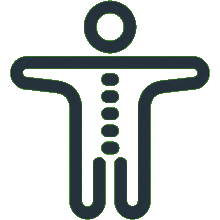
Podiatry

Massage Therapy

Women's Health Physiotherapy

Running Program Tailored To Your Goals

Joint Mobilisation

Active Release Technique

Exercise Prescription
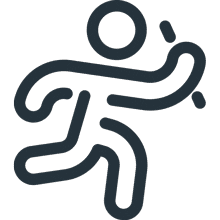
Real Time Ultrasound Imaging

Spinal Manipulation
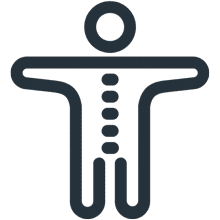
Functional Movement Screen
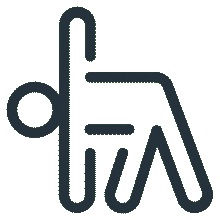
Knee Pain Treatment

Hamstring Strain Treatment
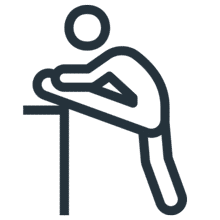
Hip Pain Treatment

Upper, Middle & Lower Back Pain

Neck Pain Treatment

Shoulder Pain & Rotator Cuff Tear

Can't find what you're after?
View all Services
Make an appointment
Or email the PEAK team at info@peakssc.com.au
Hawthorne
- Phone: (07) 3399 3318
- Fax: (07) 3319 6577
Address
5/171 Riding Road,Hawthorne, QLD, 4171 Get Directions
Opening Hours -
6 days per week
- Monday - Friday: 7:00 am - 8:00 pm
- Saturday: 7:00 am - 1:00 pm
To make a booking outside of business hours, please use our form by clicking here.
New Farm
- Phone: (07) 3399 4668
- Fax: (07) 3319 6577
Address
1/15 Lamington Street,New Farm, QLD, 4005 Get Directions
Opening Hours -
6 days per week
- Monday: 7:00 am - 8:00 pm
- Tuesday: 7:00 am - 8:00 pm
- Wednesday: 9:00 am - 8:00 pm
- Thursday: 10:00 am - 8:00 pm
- Friday: 7:00 am - 3:00 pm
- Saturday: 7:00 am - 3:00 pm
To make a booking outside of business hours, please use our form by clicking here.


